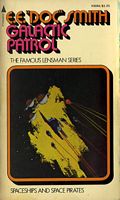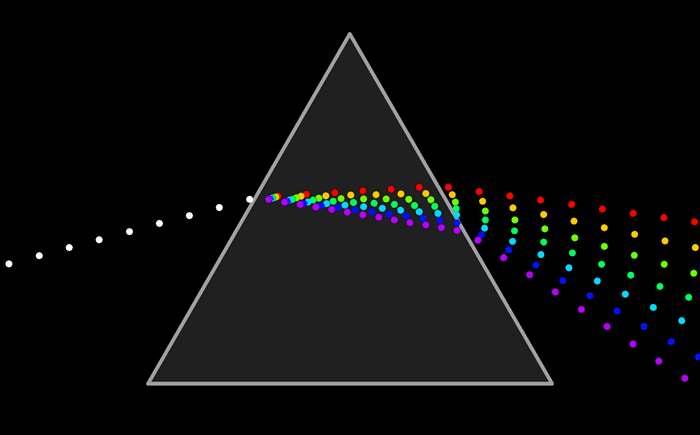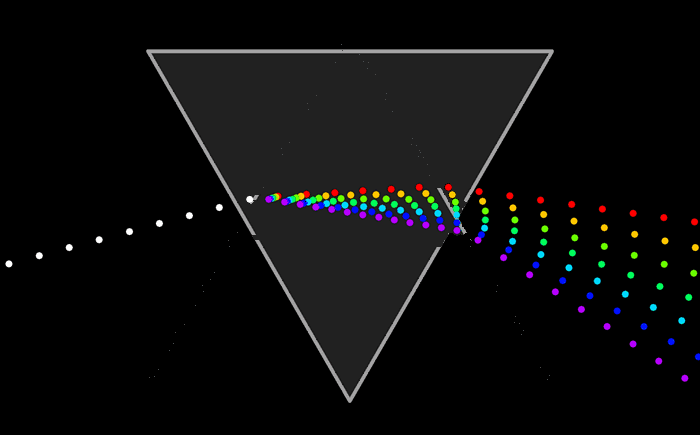Republished by Blog Post Promoter
I recently re-read my favorite science fiction books, discovering that, like most prophetic literature, they must be studied carefully and repeatedly to perceive many subtle layers of understanding and insight embodied in the text of six books. In my opinion, the most revolutionary, groundbreaking and classic series of science fiction books ever published is The Lensman series. This series was written by Edward Elmer “Doc” Smith, PhD. All of the books in this profoundly important series are available in from Amazon.com (HERE) and the audiobook versions from Audible.com (HERE). If you are a fan of science fiction, high technology, or of spiritual phenomenon, these books are mandatory reference material.
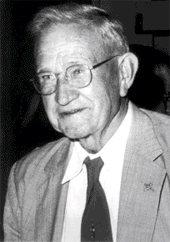 Edward Elmer Smith Ph.D. (also E. E. Smith, E. E. “Doc” Smith, Doc Smith, “Skylark” Smith, or—to his family—Ted) (May 2, 1890 – August 31, 1965) was an American food engineer (specializing in doughnut and pastry mixes) and early science fiction author, best known for the Lensman and Skylark series. He is sometimes called the father of space opera.
Edward Elmer Smith Ph.D. (also E. E. Smith, E. E. “Doc” Smith, Doc Smith, “Skylark” Smith, or—to his family—Ted) (May 2, 1890 – August 31, 1965) was an American food engineer (specializing in doughnut and pastry mixes) and early science fiction author, best known for the Lensman and Skylark series. He is sometimes called the father of space opera.
Another of my favorite writers is the iconic science fiction writer Robert A. Heinlein. He and Doc Smith were good friends. (Heinlein dedicated his 1958 novel Methuselah’s Children “To Edward E. Smith, Ph.D.”. Heinlein reported that E. E. Smith perhaps took his “unrealistic” heroes from life, citing as an example the extreme competence of the hero of Spacehounds of IPC. He reported that E. E. Smith was a large, blond, athletic, very intelligent, very gallant man, married to a remarkably beautiful, intelligent red-haired woman named MacDougal (thus perhaps the prototypes of ‘Kimball Kinnison’ and ‘Clarissa MacDougal’). In Heinlein’s essay, he reports that he began to suspect Smith might be a sort of “superman” when he asked Smith for help in purchasing a car. Smith tested the car by driving it on a back road at illegally high speeds with their heads pressed tightly against the roof columns to listen for chassis squeaks by bone conduction—a process apparently improvised on the spot.
In his non-series novels written after his professional retirement, Galaxy Primes, Subspace Explorers, and Subspace Encounter, E. E. Smith explores themes of telepathy and other mental abilities collectively called “psionics”, and of the conflict between libertarian and socialistic/communistic influences in the colonization of other planets.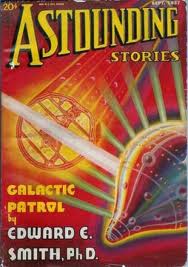
Although the language, slang and cultural references are antiquated, I must continually remind myself that these books were written primarily during the 1930s! Long before atomic bombs became a reality, Doc Smith describes atomic and electronic weapons in detail. His technical conceptions and detailed descriptions of engines and spacecraft capable of interstellar, intergalactic, and hyper-spacial have no equal.
Doc Smith (an doughnut and cake mix engineer by trade in “real” life) conjures a fictionalized history of the human race (civilization) engendered and nurtured by a race of super-beings of infinite, incorporeal origins. The nemesis of Civilization are the equally intelligent and capable race of Edorians. A convergence of two galaxies co-mingled these antagonists onto an evolutionary battleground — perpetual warfare lasting billions of years. The parallels and contrasting behavior characteristics of the “good guys” vs “bad guys” reveal the essence of who we are, and could become on this planet.
George Lukas, creator of the Star Wars films relates in his autobiography that his films were inspired by the Lensman books. However, even these unprecedented films reveal only a dim shadow cast by the brilliant light of science fiction literature created by Doc Smith. The characters, conflicts, technology he describes are so hauntingly “real” that one wonders whether Doc Smith wrote his stories as fantasies, or from his own “memory” as in infinitely ancient spiritual being, drawing from his the primordial past of “A long time ago, in a galaxy far, far away…“!
Originally, the Lensman Series was published in pulp fiction magazines. The complete series in sequence and their original publication dates are:
-
- Triplanetary (1948. Originally published in four parts, January–April 1934, in Amazing Stories)
- First Lensman (1950, Fantasy Press)
- Galactic Patrol (1950. Originally published in six parts, September 1937 – February 1938, in Astounding Stories)
- Gray Lensman (1951. Originally published in four parts, October 1939 – January 1940, Astounding Stories)
- Second Stage Lensmen (1953. Originally published in four parts, November 1941 – February 1942, Astounding Stories)
- Children of the Lens (1954. Originally published in four parts, November 1947 – February 1948, Astounding Stories)
- And, a sequel, The Vortex Blaster (1960. Published with the title Masters of the Vortex in 1968)
Originally, the series consisted of the final four novels published between 1937 and 1948. Smith rewrote his 1934 story Triplanetary, originally published in Amazing Stories, to fit in with the Lensman series. First Lensman was written in 1950 to act as a link between Triplanetary and Galactic Patrol and finally, in the years up to 1954, Smith revised the rest of the series to remove inconsistencies between the original Lensman chronology and Triplanetary.
Smith’s novels are generally considered to be the classic space operas, and he is sometimes called the “first nova” of twentieth century science fiction. Smith expressed a preference for inventing fictional technologies that were not strictly impossible (so far as the science of the day was aware) but highly unlikely: “the more highly improbable a concept is—short of being contrary to mathematics whose fundamental operations involve no neglect of infinitesimals—the better I like it” was his phrase.
For more detailed information about The Lensman Series and other books by EE Smith, and about this truly amazing man, read http://en.wikipedia.org/wiki/E._E._Smith

